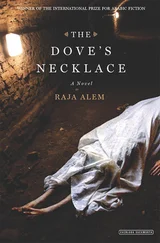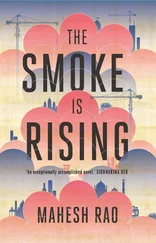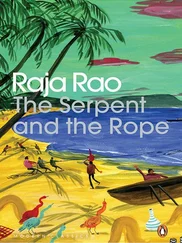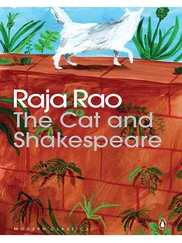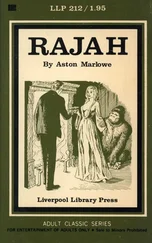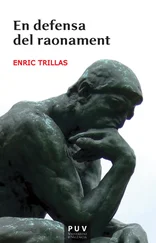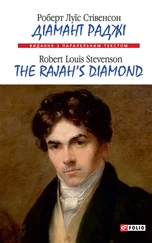But before I left Menton for India in July 1939 with friends of mine, a Dutch novelist A.M. de Jong, whom I had met earlier, had asked for the translation rights of the book, and of course I had said he could have it. The ominous cloud of war was hanging over Europe. And I understood de Jong’s intentions, for indeed, Hitler invaded Holland while I was in Sevagram. Europe was lost, but India was not free. But when peace came, however, both to Europe and India, Achyut Patwardhan, the leader of the Gandhian uprising between 1942-45, was going to Holland for an eye operation, if I remember right, and I asked him to try and contact A.M. de Jong in case he could find time. Achyut telephoned de Jong’s home, and heard from the writer’s son that his father had been shot by the Nazis. The Dutch novelist was, in fact, Achyut was told, arrested while he was translating Kanthapura. I have not been able to verify this story, having not visited Holland during my several visits to Europe.
After the war, there was great interest in India — and especially in Gandhism. A Swedish publisher, who I think was connected with left-wing organizations, brought out a very large edition of Kanthapura in translation. That the book was backed by a left-wing press, seemed significant. But the most interesting translation after that was a Spanish one from Barcelona, still under the terror of Franco. And the one after that, the most significant one, was from Hungary, under Communist rule.
Thus was the magic of Mahatma Gandhi, the Pied Piper of non-violence and love, drawn to wheresoever it was burgeoning. It was all a part of Gandhi Purana. Never forget Gandhiji begging the British government to go and talk to Hitler, and later the Allies to go and talk to Hirohito of Japan. But Churchill would hear none of it. For Churchill, Gandhiji was only the naked Fakir. Who knows, the Gandhi Purana might ask, who knows what might have happened if Churchill had accepted Gandhiji’s challenge. History is full of miracles. Remember Ashoka of India or Saint Louis of France. Truth is more historic than the sword. India herself has to relearn it.
1Raja Rao, The Policeman and the Rose: Stories . Delhi: Oxford University Press, 1978, p. xiv.
2Raja Rao, The Chessmaster and His Moves . New Delhi: Vision Books, 1988, p. 1.
3R. Parthasarathy, ‘The Future World Is Being Made in America: An Interview with Raja Rao’, Span (September 1977): 30.
4Braj B. Kachru, The Indianization of English: The English Language in India. Delhi: Oxford University Press, 1983.
5Raja Rao, Kanthapura. London: Allen and Unwin, 1938. Reprinted 1963, New York: New Directions. Subsequent citations from the American edition are indicated in the text parenthetically by page number.
6Raja Rao, The Serpent and the Rope. London: John Murray, 1960. Subsequent citations from this edition are indicated in the text parenthetically by page number.
7I have not been able to trace the source of this quotation.
8 Chāndogya Upaniṣad , VI.8.7, in The Principal Upaniṣads , ed. & trans. S. Radhakrishnan. London: Allen and Unwin, 1953, p. 458.
9Raja Rao, ‘The Writer and the Word’, The Literary Criterion 7.1 (Winter 1965): 231.
10Robert Redfield, Peasant Society and Culture: An Anthropological Approach to Civilization. Chicago: University of Chicago Press, 1956, pp. 67–104.
11Janet Powers Gemmill, ‘The Transcreation of Spoken Kannada in Raja Rao’s Kanthapura ’, Literature East and West 18.2–4 (1974): 191–202.
12Gemmill, ‘The Transcreation of Spoken Kannada in Raja Rao’s Kanthapura ’, p. 194.
13C.D. Narasimhaiah, ‘Indian Writing in English: An Introduction,’ The Journal of Commonwealth Literature 5 (1968): 14.
14Quoted in M.K. Naik, Raja Rao . Twayne World Authors Series. New York: Twayne, 1972, p. 106.
15Louis Dumont and David Pocock, ‘On the Different Aspects or Levels in Hinduism,’ Contributions to Indian Sociology 3 (July 1959): 45.
16Bhavabhuti, Rama’s Later History ( Uttararāmacarita ), part 1: Introduction and Translation by Shripad Krishna Belvalkar. Harvard Oriental Series, 21. Cambridge, MA: Harvard UP, 1915, p. 39.
17Raja Rao, The Cat and Shakespeare . New York: Macmillan, 1965, pp. 8–10. Subsequent citations from this edition are indicated in the text parenthetically by page number.
18Arthur Avalon, ed. Kulacūdāmani Nigama , with an introduction and translation by A.K. Maitra. Madras: Ganesh & Co., 1956, ch. 1, verses 25–26.
19Raja Rao, The Policeman and the Rose: Stories. Delhi: Oxford University Press, 1978, p. 88. Subsequent citations from this edition are indicated in the text parenthetically by page number.
20Rabindranath Tagore, Stories from Tagore . New York: Macmillan, 1918, p. 122. Subsequent citations from this edition are indicated in the text parenthetically by page number.
21Integral Yoga Institute, ed. Dictionary of Sanskrit Names . Yogaville, Buckingham, VA: Integral Yoga Publications, 1989, p. 57.
22Sushil Kumar De, ed., and Rev. V. Raghavan, The Meghadūta of Kālidāsa , 3rd ed. New Delhi: Sahitya Akademi, 1982, verse 11.
23Raja Rao, On the Ganga Ghat . Delhi: Orient Paperbacks, 1993, p. 112. Subsequent citations from this edition are indicated in the text parenthetically by page number.
24Sankara, Ātmabodhaḥ.: Self-Knowledge , trans. Swami Nikhilananda. Madras: Sri Ramakrishna Math, 1967, p. 261, verse 11.

